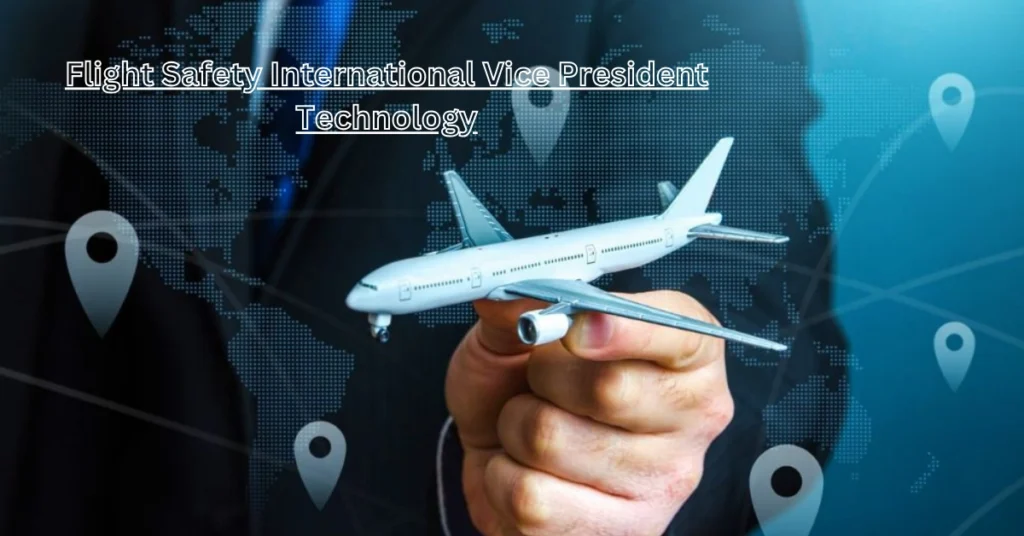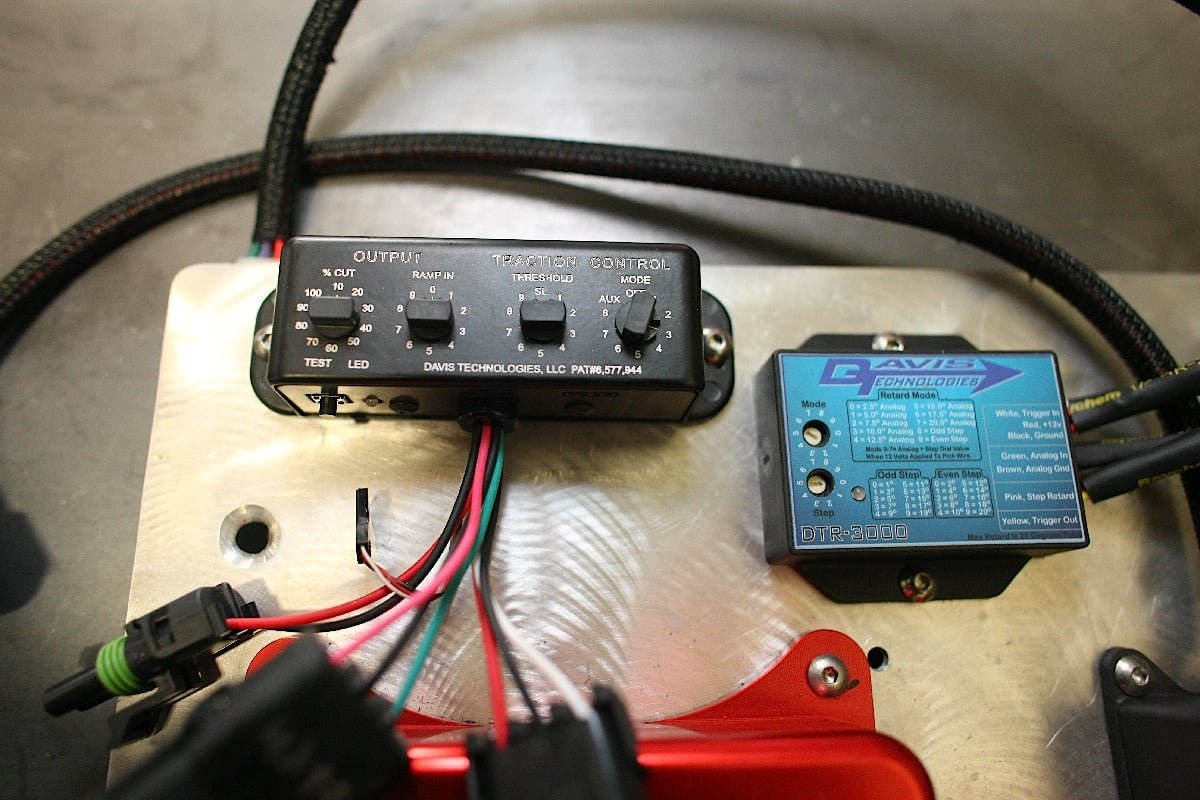Flight Safety International Vice President Technology is a main worldwide supplier of flying preparation and wellbeing arrangements. With many years of involvement, FSI has set up a good foundation for itself as a confided in accomplice in the flight business, taking special care of pilots, support experts, and other flying experts. The association’s obligation to somewhere safe and secure, innovation, and development is unrivaled, with a specific spotlight on state of the art headways initiated by its VP of Innovation.
In this article, we investigate the essential job of the Flight Safety International Vice President Technology, featuring their impact on security conventions, mechanical development, and functional greatness.
The Role of the of Flight Safety International Vice President Technology
Key Responsibilities
The VP of Innovation at Flight Security Worldwide is answerable for:
- Vital Development: Driving the improvement of cutting edge preparing innovations and wellbeing frameworks.
- Functional Proficiency: Upgrading recreation stages, programming frameworks, and advanced instruments to further develop preparing viability.
- Cooperation: Joining forces with aeronautics partners to guarantee consistence with worldwide security principles.
- Innovative work: Putting resources into arising advancements like man-made brainpower (artificial intelligence) and augmented reality (VR) to reclassify flight wellbeing.
Skills and Qualifications
To succeed in this job, the VP of Innovation regularly has:
- Broad involvement with aeronautics and innovation areas.
- A solid comprehension of security guidelines and consistence.
- Authority abilities to oversee cross-practical groups.
- Aptitude in reproduction innovation and computerized change.
Technology Driving Aviation Safety
Simulation Technology
Reproduction innovation frames the foundation of FSI’s preparation programs. The VP of Innovation assumes a basic part in:
- Growing full-movement test systems that copy certifiable flight conditions.
- Coordinating man-made intelligence controlled examination to give ongoing criticism.
- Guaranteeing test systems agree with Government Aeronautics Organization (FAA) norms.
Computer generated Reality (VR) and Expanded Reality (AR)
FSI use VR and AR to:
- Upgrade vivid preparation encounters for pilots and specialists.
- Permit students to rehearse crisis situations in a controlled climate.
- Decrease functional expenses by limiting the requirement for actual airplane.
Computerized reasoning and AI
Artificial intelligence and AI are critical in:
- Prescient upkeep frameworks to recognize potential hardware disappointments.
- Customized preparing modules custom-made to individual expectations to learn and adapt.
- Continuous information investigation to further develop direction.
Steps to Implement Technology in Flight Safety
Step 1: Assess Current Training Gaps
- Direct a complete survey of existing preparation programs.
- Distinguish regions where innovation can upgrade effectiveness and security.
Step 2: Invest in Advanced Technologies
- Designate assets to create and obtain best in class test systems.
- Collaborate with innovation suppliers having some expertise in man-made intelligence and VR.
Step 3: Train the Trainers
- Guarantee educators are capable in utilizing new innovation.
- Give progressing proficient improvement potential open doors.
Step 4: Monitor and Evaluate Outcomes
- Use examination to gauge the viability of innovation improved preparing.
- Assemble input from learners to recognize further upgrades.
FAQs
What is Flight Safety International?
Flight Security Worldwide is a worldwide forerunner in flying preparation and wellbeing arrangements, offering administrations to pilots, upkeep experts, and other aeronautics experts.
How does technology improve flight safety?
Innovation upgrades flight security by giving practical reenactments, prescient upkeep, and information driven direction, lessening chances and further developing readiness.
What role does the Vice President of Technology play?
The VP of Innovation drives advancement, oversees innovative work, and guarantees the incorporation of cutting edge apparatuses to maintain wellbeing principles.
What technologies are used in training?
Advances incorporate full-movement test systems, VR/AR instruments, man-made intelligence examination, and AI calculations.
How does FSI’s approach differ from traditional training methods?
FSI’s methodology is innovation driven, zeroing in on vivid, practical, and constant arrangements contrasted with conventional homeroom based strategies.
Conclusion
The Flight Wellbeing Global VP Innovation is vital in forming the eventual fate of aeronautics security. By embracing state of the art developments like computer based intelligence, VR, and reenactment innovation, FSI guarantees its preparation programs stay at the front line of the business. This responsibility upgrades security as well as outfits avionics experts with the abilities expected to explore an always advancing scene.
As innovation keeps on propelling, the job of initiative in coordinating these devices will be more basic than any other time, hardening FSI’s standing as a worldwide forerunner in flight preparing and wellbeing.




